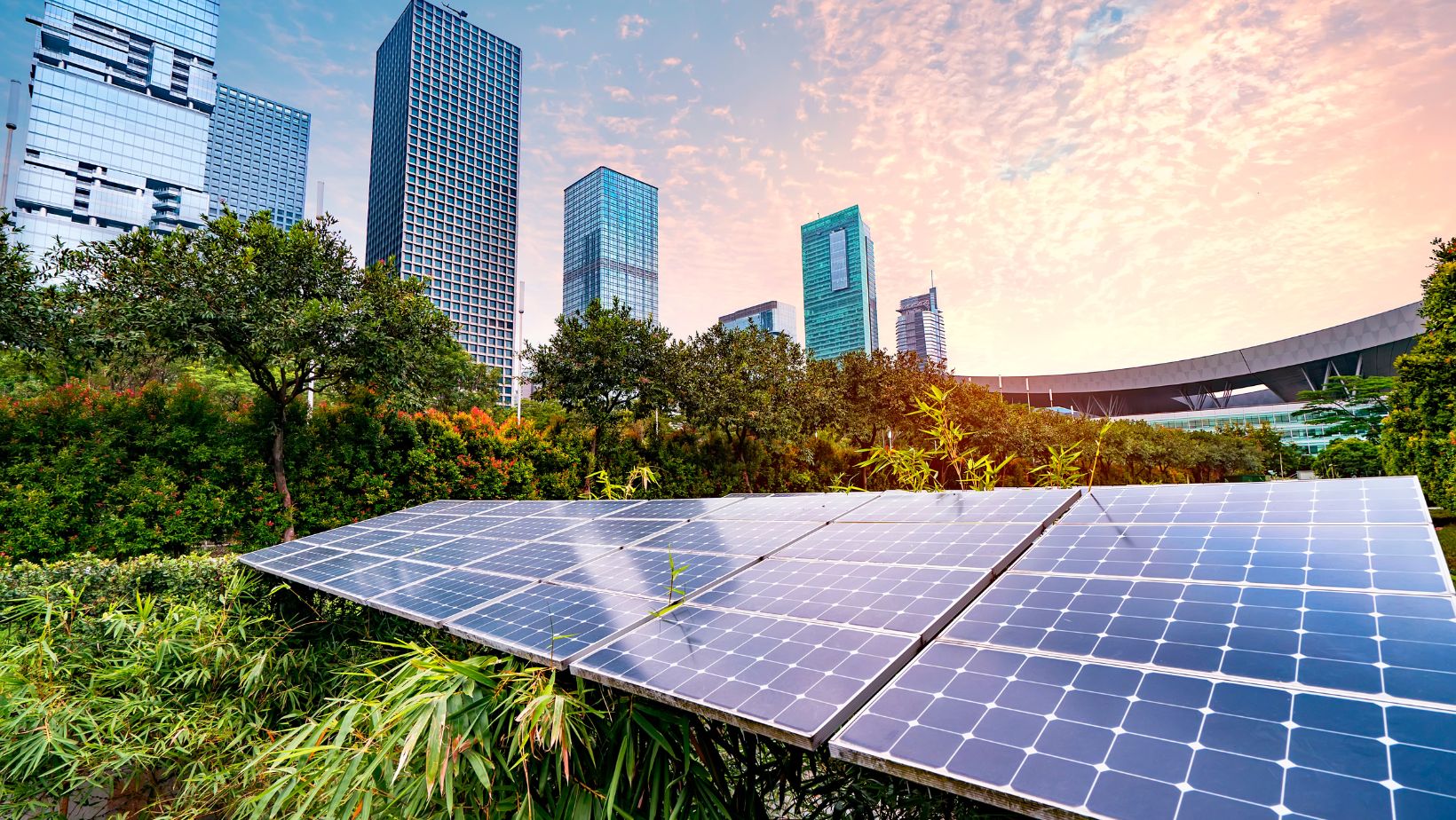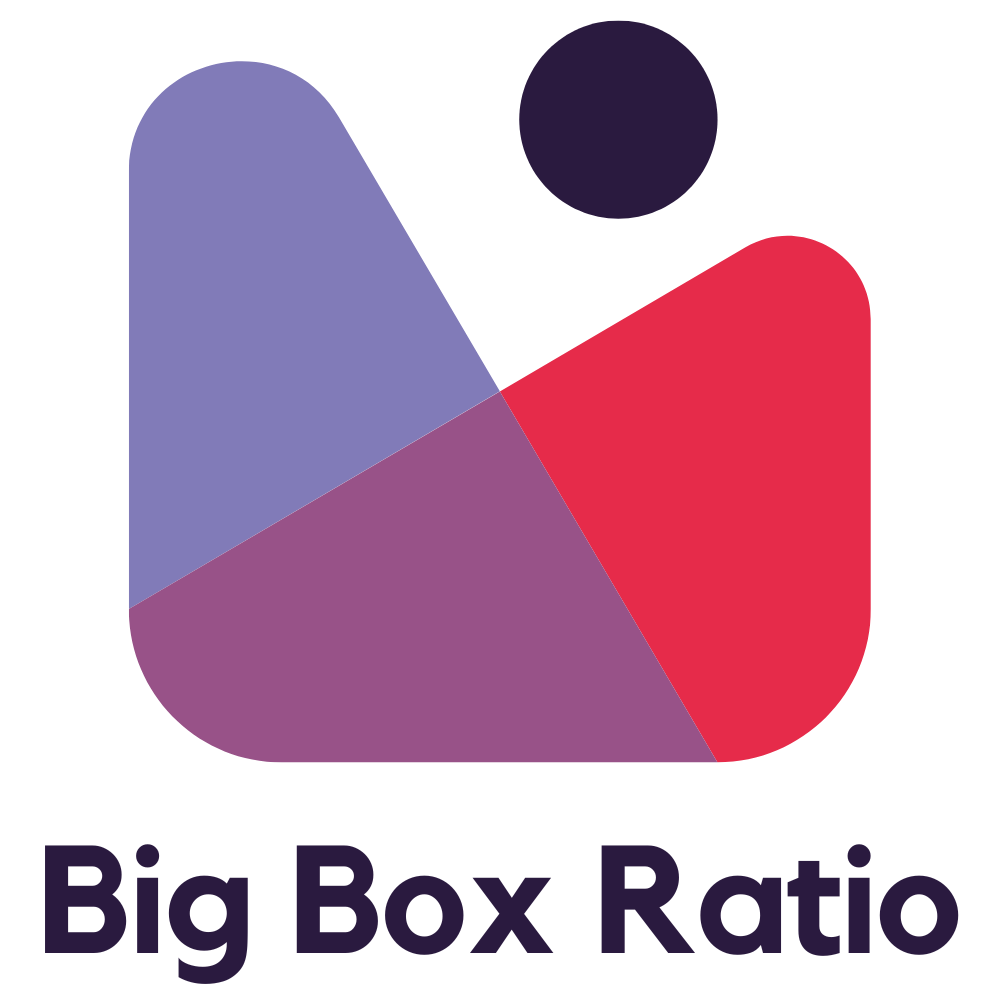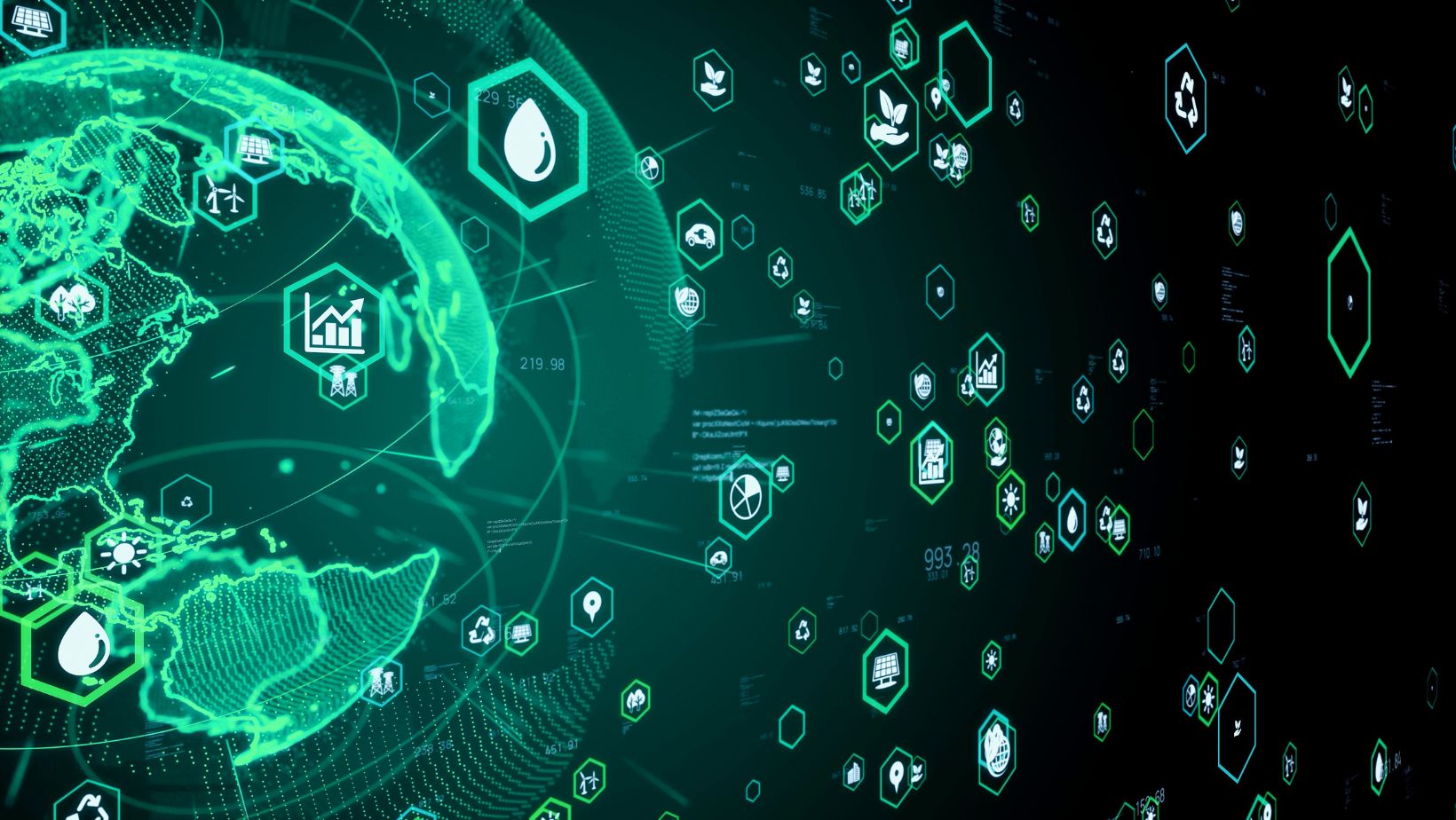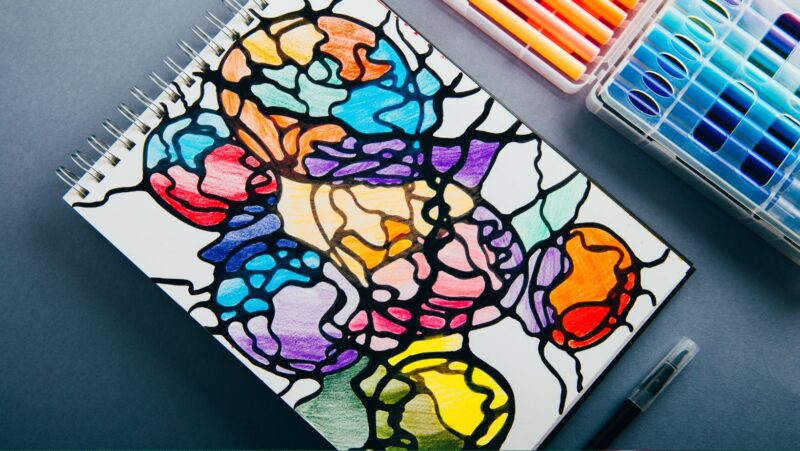In the world of design, there’s a rising star that’s capturing the hearts and minds of creators and consumers alike – sustainable design. It’s not just a buzzword; it’s a paradigm shift, a new way of thinking about how we create and consume.

Sustainable design isn’t just about being eco-friendly. It’s about designing products and services that are not only beneficial to the environment but also economically viable and socially responsible. It’s a holistic approach that’s changing the face of design as we know it.
Join us as we delve into the world of sustainable design, exploring its principles, its benefits, and how it’s transforming industries. We’ll demystify the concept and show you why it’s more than just a trend – it’s the future of design.
Understanding Sustainable Design
Transitioning from the initial construct of the importance of sustainable design, this section delves into the understanding of the concept. The aim is to dissect the constituents of Sustainable Design and its guiding principles.
What is Sustainable Design?
Sustainable design, often termed as ‘design for the environment,’ combines functionality, resource efficiency, and aesthetic appeal, all while minimizing environmental harm. It prioritizes the long-term impact of design decisions on ecosystems, health, and society, rather than solely focusing on immediate needs.
For instance, the construction of a green building, with features such as energy-efficient lighting, water-saving plumbing fixtures, and materials sourced from sustainable forests, exemplifies sustainable design. Moreover, it includes products designed with lifecycle analysis in mind—products that are not only built with sustainable materials but are also easy to recycle or compost when they’ve reached the end of their useful life.
Principles of Sustainable Design

Guiding the practice of sustainable design are a set of key principles that designers incorporate into their work. These principles, in brief, encourage long-term sustainability, ethical obligation towards the environment and society, and economic viability.
- Efficiency and Waste Reduction: Sustainable design encourages efficient use of resources while minimizing waste and pollution. The ‘Cradle to Cradle’ method, for instance, promotes the concept of producing products in such a way that, after their life cycle, they become inputs for other products.
- Life Cycle Thinking: Each product or service’s life cycle, from conception to disposal, is considered in sustainable design. This involves understanding and optimizing the environmental, economic, and social impacts at each stage.
- Resilience and Adaptability: Sustainable design supports the development of resilient and adaptable systems. For example, as climate conditions change, landscapes and buildings are designed to withstand such changes.
- Sociocultural Respect: Sustainable design acknowledges and respects social and cultural values. It strives for designs that enhance social inclusion, equality, and the cultural relevance of design solutions.
These guiding principles form the backbone of sustainable design, fostering environmentally sound, socially responsible, and economically viable designs that cater to present needs while safeguarding the future.
Importance of Sustainable Design
Sustainable design holds pivotal importance in the contemporary world. It’s potent enough to impact economic, environmental, and social aspects of human life.
Economic Benefits
Sustainable design carries undeniable economic benefits. It cuts operational costs by reducing waste and resource use dramatically. For example, energy-efficient buildings significantly lower electricity bills. Incorporation of renewable energy sources, such as solar panels and wind power, additionally cut energy costs, contributing towards improved financial savings. Sustainable design’s focus on durability and longevity eliminates frequent replacement costs, escalating its economic advantages.
Social Benefits

From a social perspective, sustainable design provides an array of gains. It supports human health and well-being, emphasizing natural light, air quality, and ergonomics. Hospitals designed with such sustainability principles have reported increased patient recovery rates. Furthermore, it acknowledges culture and community, respecting and enriching local traits through design. Sustainable architecture establishes harmonious relationships between built forms and their surroundings, fostering communal continuity and identity. Hence, the social benefits of sustainable design extend flora, fauna and human alike.
Integrating Sustainability into Design Practices
As the landscape of design evolves, it’s clear that sustainable design is more than just a trend – it’s a necessity. It’s a comprehensive approach that goes beyond being eco-friendly. It’s about creating designs that are functional, resource-efficient, and aesthetically pleasing while minimizing environmental harm. It’s about considering the entire life cycle of a product, from conception to disposal, and making decisions that reduce waste and promote resilience. It’s about respecting sociocultural norms and ensuring economic viability.
The benefits of sustainable design are manifold. It’s not just about protecting the environment, it’s also about reducing operational costs and promoting a circular economy. Moreover, it supports human health, enriches communities, and fosters a harmonious relationship between built environments and nature. The time to integrate sustainability into design practices is now. Let’s embrace this transformative approach and work towards a more sustainable future.





